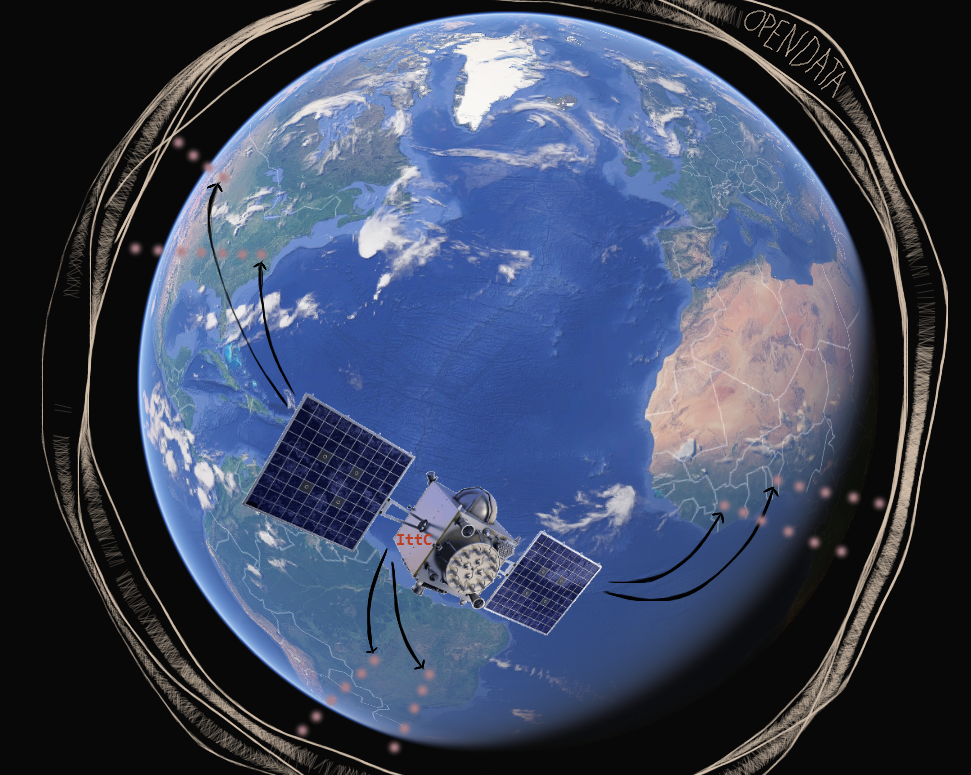Start to Finish

This section lays out the process of a MapGive engagement from start to finish. A MapGive engagment involves collaborating and outreach in OpenStreetMap, in an event like a Mapthon. The timeline to organize a MapGive engagement can vary from something thrown together in just a few days for an urgent need, to a large scale, high profile event taking several months of preparation.
Introducing MapGive
People learn about MapGive from media coverage, social media, conferences, and internal recommendations. If MapGive sounds like an intriguing tool for public diplomacy, learn and try it out, understand more about the process (i.e. this guide!) and get in touch.
The MapGive team is here to help support through the organization process. Start discussions over email and schedule time for a Skype or phone call if helpful.
We recommend setting up a channel for regular communication and organizing among your team early in the process. Frequently, tools like Trello are used to keep a clear picture of preparations and responsibilities.
Determine the Need
Mapping can be used for a wide variety of applications. There are always needs around the world in humanitarian response, and economic development. Needs can be identified that align with local priorities in the Embassy; with country and topical desks, and with local and international partners.
Form Partnerships
There are many potential partners to help identify needs, and collaborate on all aspects of a MapGive engagement. Form Partnerships has several recommendations.
Project Set-up: Imagery, Tasks, Stats
A MapGive engagement can have technical requirements, which the team may be able to help with.
Imagery, whether to fill a gap or provide an up to date view, is a common need. Read more about the Imagery to the Crowd initiative, including how to request imagery. There are also details on imagery coordination from the Humanitarian OpenStreetMap Team.
The Tasking Manager is often used to coordinate mapping projects. The MapGive team can help advise on selection of existing projects, and the creation of new projects.
Statistics and visualizations on activity in a mapping project are great motivations, and useful indicators.
Plan an Event
The event planning guide has details on all aspects of holding an event, from venue selection, recruiting participants, building an agenda, and budget considerations. Events can be quickly organized, small scale, and informal; to something involving months of planning. Scale according to your resources available and to the kind of engagement desired.
Field Project
Field Projects involve more substantial training than Mapathons, and collection of data in the field using GPS, mobile phones, and paper. The logistics are necessarily more complicated. However, the value of data collected in communities, by that community, is unsurpassed in depth and quality; and can help develop very substantial relationships.
This guide focuses on Mapathon events, but there are Resources which cover field projects in more detail, especially the OpenCities Guide. Written in spanish, the Piura mini-site’s materials section contains some good guides on field mapping tools. Get in touch with the MapGive team, and we can discuss more.
Communications / Publicity
Communication is crucial before, during, and after the event. Spread the word via whichever mediums are most appropriate; email, social media, news media, blog posts, etc. Form Partnerships can help you decide on your target audiences.
Events come and go, but stickers last forever. Or, at least… for a while. The MapGive team keeps “MapGive” and “I Mapped” stickers on hand for events and outreach, or you can print your own. These stickers can be proudly displayed and viewed from many mappers’ laptops and notebooks. Consider procuring some kind of reward, as fun freebees or prizes for participants, to keep the event engaging and continue gaining exposure afterwards.
Follow Up / Review
Critical, but often untended, are substantial follow ups. Events take a lot of energy to organize. Make sure to include follow ups in planning. This can include immediate thank yous to partners and participants. And further, establish points of contact and spaces for further communication and future collaborations.
And after your event happens, please submit your case study.